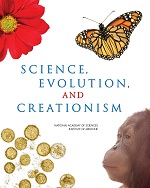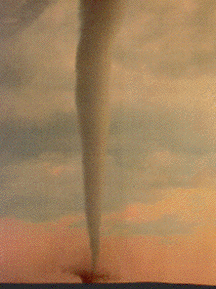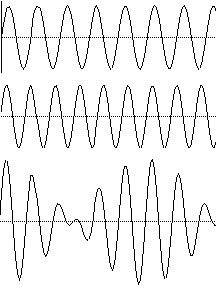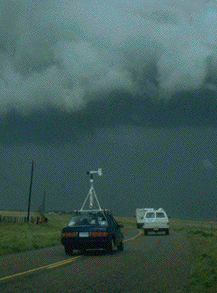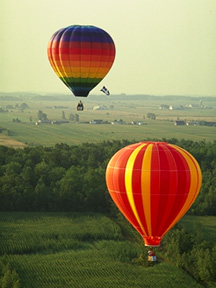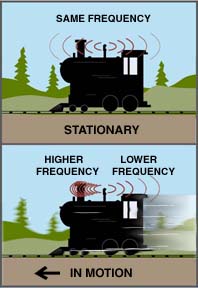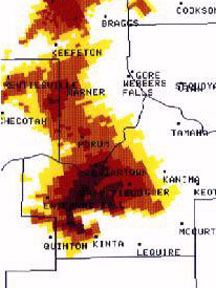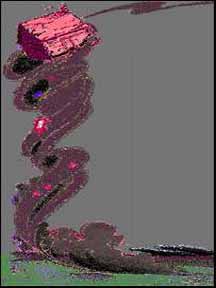Click on images for full size.
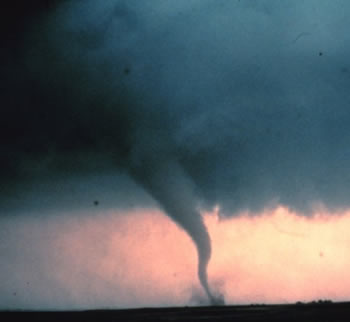 |
A tornado seen in Oklahoma on May 22, 1981. The cloud at the bottom is made of dust and debris.
Courtesy of NOAA Photo Library, NOAA Central Library; OAR/ERL/National Severe Storms Laboratory (NSSL) |
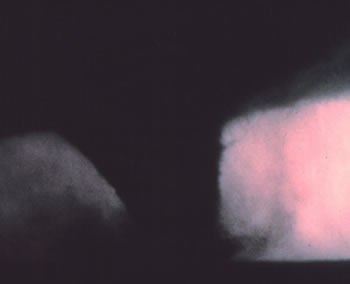 |
This tornado was found in Seymour, Texas on April 10, 1979. It has fully formed.
Courtesy of NOAA Photo Library, NOAA Central Library; OAR/ERL/National Severe Storms Laboratory (NSSL) |
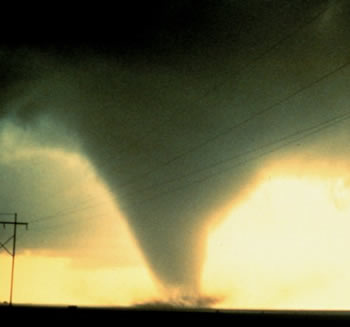 |
A picture of a tornado from June 2, 1995 near Dimmitt, Texas.
Courtesy of NOAA Photo Library, NOAA Central Library; OAR/ERL/National Severe Storms Laboratory (NSSL) |
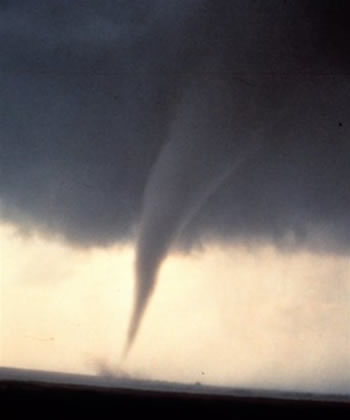 |
This tornado was seen on May 22, 1981 in Alfalfa, Oklahoma.
Courtesy of NOAA Photo Library, NOAA Central Library; OAR/ERL/National Severe Storms Laboratory (NSSL) |
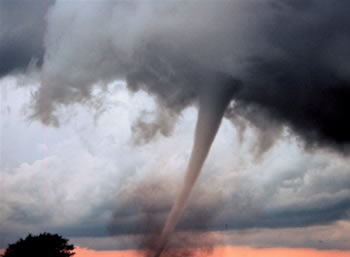 |
This tornado formed from an old part of a thunderstorm near Anadarko, Oklahoma.
Courtesy of OAR/ERL/National Severe Storms Laboratory (NSSL) |
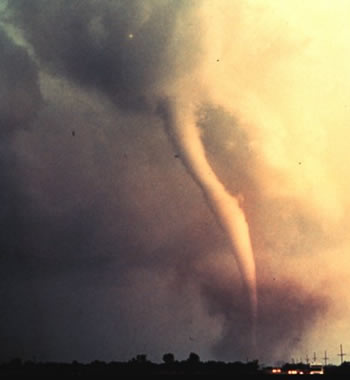 |
This tornado photo was taken in Union City, Oklahoma on May 24, 1973.
Courtesy of NOAA Photo Library, NOAA Central Library; OAR/ERL/National Severe Storms Laboratory (NSSL) |
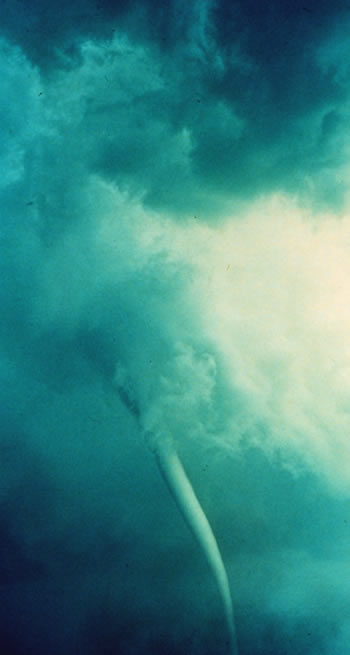 |
This is a different shot of the tornado from the previous photo. It is still forming.
Courtesy of NOAA Photo Library, NOAA Central Library; OAR/ERL/National Severe Storms Laboratory (NSSL) |
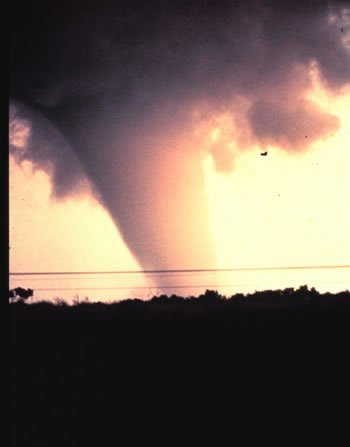 |
Here is the development of the previous photo as it shows the same tornado but in its later stage.
Courtesy of NOAA Photo Library, NOAA Central Library; OAR/ERL/National Severe Storms Laboratory (NSSL) |
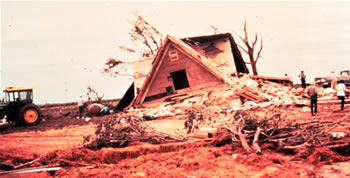 |
This is a farmhouse that was damaged by the tornado in the three previous photos.
Courtesy of NOAA Photo Library, NOAA Central Library; OAR/ERL/National Severe Storms Laboratory (NSSL) |
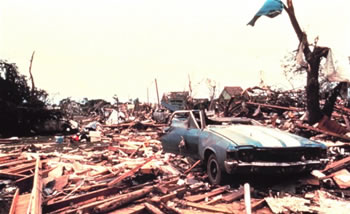 |
This photo shows more damage from the same tornado in the last four photos.
Courtesy of NOAA Photo Library, NOAA Central Library; OAR/ERL/National Severe Storms Laboratory (NSSL) |
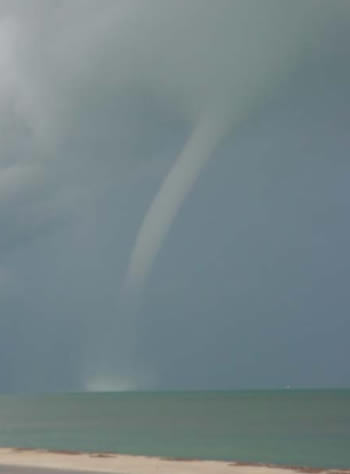 |
A photo of a tornado over water. This was seen in Key West, FL on July 17, 2002.
Courtesy of National Weather Service Forecast Office of Key West/ Brandon Bolinski |
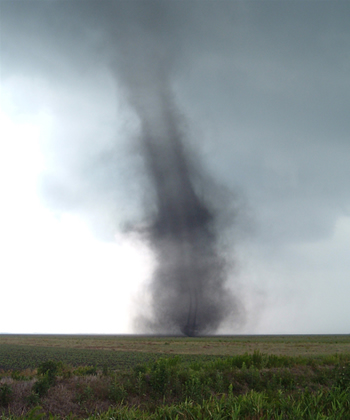 |
A tornado traveling near a farm in North Carolina in June of 2004.
Courtesy of National Weather Service Forecast Office of Newport/Morehead City, NC |
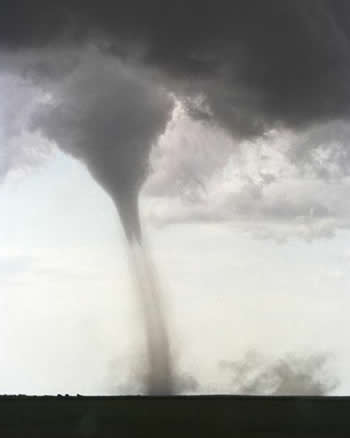 |
A weak tornado that was seen in Southeast Colorado.
Courtesy of University Corporation for Atmospheric Research, Photo by Linda Lusk |
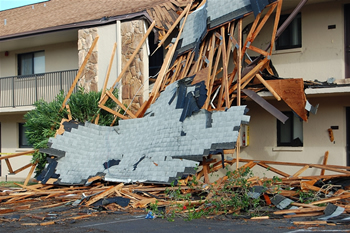 |
This roof was damaged by a weak tornado in Florida.
Courtesy of National Weather Service Forecast Office of Melbourne, FL |
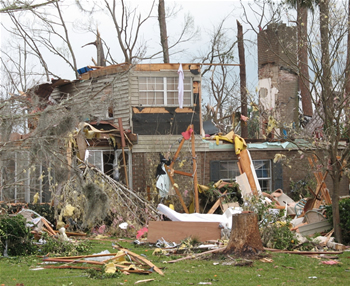 |
This home was damaged by a strong tornado on February 2, 2007. The tornado was in Florida.
Courtesy of National Weather Service Forecast Office of Melbourne, FL |
 Images and Multimedia on Windows to the Universe
Images and Multimedia on Windows to the Universe
 Images and Multimedia on Windows to the Universe
Images and Multimedia on Windows to the Universe
